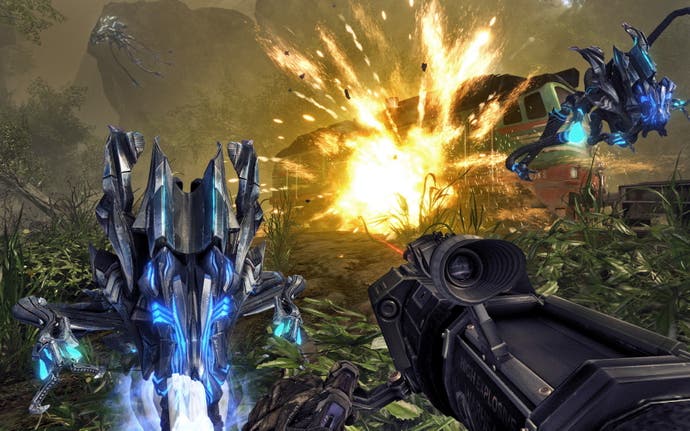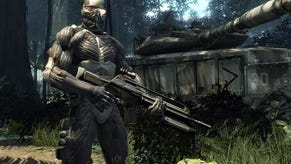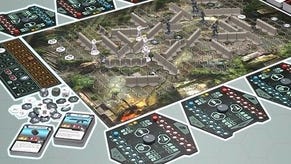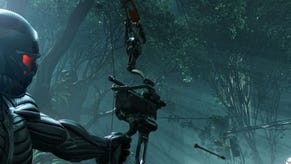Crysis Warhead
Ice to see you.
Let's start with the bad news, because there isn't really very much of it. Crysis Warhead is not a particularly long game - in fact, if you're playing on normal settings, and you're familiar with the first entry in the series, you can probably clock this at somewhere between five and seven hours.
But is that really bad news? Because although Warhead isn't the most time-consuming initial playthrough - it's a side-story rather than a true sequel, after all - it manages to throw in a surprising amount of variety, and, with that, a considerable degree of replayability. It may not take days of your life to complete, but it never asks you to do the same thing twice, and the chances are that, as with the original, each subsequent playthrough will reveal an unexpected side to most of the set-pieces.
The basic mechanics remain unchanged. Taking place within the original Crysis' timeline, your suit powers are still the same - cloak, strength, speed, and the standard armour setting - and it's still you against the North Korean Army, battling through the same beautifully rendered jungle and waiting for those floaty Matrix-style aliens to show up and turn everything into ice.
But despite these seemingly impossible constraints, Warhead manages to address practically every issue players had with the original game. It may fit inside the same story, but as it follows a different character ("Psycho" Sykes, the original game's Statham-alike, and a man specifically designed, in the words of the developers, "to make you want to blow s*** up") through different encounters, the pacing has been radically altered for the better, with the big freeze arriving far earlier, and a far more satisfying finale than the slightly hurried and abrupt conclusion of the first Crysis.

Both human and alien AI have been improved, too - the NKA are better than ever at flanking intelligently, deciding when to hold back and when to try and take you out from a distance, and they're now much more willing to use cover. Equally, they no longer have that strange habit of standing around looking like they're trying to recall the name of the actor from Q: The Winged Serpent, while you pump bullets into them from close up, either. (It was Michael Moriarty, by the way, but I sincerely hope you already knew that.) And the aliens - a real weak point in the first game - aren't half bad themselves. In fact, if anything, they're now a little more human in their intelligence, hiding, lurking, blasting you with freeze rays from just out of range, and far more eager to take you down with them via their post-death explosions. And without spoiling things too much, expect them to ramp up in force much earlier on this time, with certain old enemies making surprisingly snappy appearances.
Crysis had a lot of great moments, of course - moments of real drama where the AI and environment came together to create brilliantly fraught set-pieces that looked as good as they felt. But it also had a fair amount of downtime in-between, sections when the pacing was less inspired, and enemies dribbled out at you more from a sense of politeness rather than any clever staging on the part of the designers. And at its worst, when the game promised its most interesting encounters, Crysis suddenly curtailed all of your expansive freedoms, locking you into a moving vehicle and turning into an (extremely pretty) light-gun shooter. Warhead, though shorter, is far tighter, following each encounter with one that's radically different, mixing driving sections with grinding shoot-outs, and making sure that, even when you're behind the wheel of a vehicle, you can still get out and play it on foot if you want, and if you're surrounded by heavily-armed enemies in a situation built for gunplay, there's still a solid option to stealth your way through if that's your kind of game.
On the inevitable occasions when Warhead shunts you into corridors, there's a reason for it - generally to break up the pace of a gruelling openworld section, or create a claustrophobic tone before shoving you out into another giant vista. And even these more controlled environments still have options everywhere - a smattering of lightly branching paths, fights going on above and below you, and a constant stream of physics toys for you to attack with if you get tired of shooting or run out of bullets.













